The situation in Belarus has remained extremely tense in recent weeks. On August 23, a mass opposition rally took place in the center of the country’s capital Minsk. In the streets, the army ensured order. President Alexander Lukashenko appeared in public with an automatic rifle and promised to fight against Western intervention. What is happening in this former Soviet republic and what is the significance for the geopolitics of Europe and Eurasia?
Belarus: country and significance
The Republic of Belarus is an Eastern European state with a population of almost 10 million people, bordering Russia, Poland, Ukraine and Lithuania. The current president, Alexander Lukashenko, came to power after the 1994 national elections under the slogans of an alliance with Russia and abandoned the path of liberal capitalism.
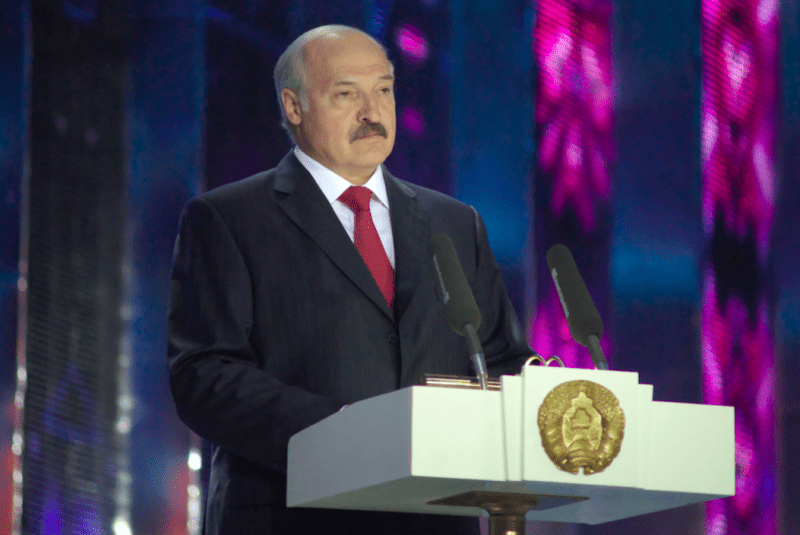
In fact, Belarus is the only part of the former Soviet Union where most of the economy is still in the hands of the state. The centralized economic structure, a significant part of the country’s ideology, and a developed social sphere make Belarus a shard of the Soviet Union, which has been developing intensively (though not without problems) in recent years.
In the field of foreign policy, Belarus under Alexander Lukashenko came closer to Russia during the first years, which led to the creation of the Union State (a quasi-confederation of Belarus and Russia), and later to Belarus’ accession to the Eurasian Economic Union. Belarus is an important military ally of Russia in the west, where military facilities of the Russian armed forces are located.
These installations – Russian military facilities – Volga radar and Antey communications center – have a major significance for Russian nuclear defence. The radar captures strategic missile launches by the US and communications center is used for the connection with Russian submarines in the world ocean.
However, in recent years, integration processes between Belarus and Russia have slowed. Belarusian leadership fears loss of sovereignty due to closer integration with Russia.
At the same time, the Belarusian Foreign Ministry, headed by Minister Vladimir Makei and President Alexander Lukashenko have been making attempts to get closer to the West in recent years. Thus, in 2009 Belarus entered the format of interaction with former Soviet countries, the “Eastern Partnership”, which was created by the EU. In 2019-2020, the Trump and Lukashenko administrations attempted to restore diplomatic relations by returning the US Ambassador to Minsk. At the same time, Belarus signed off on the supply of American oil, which was negatively perceived in Moscow.
In recent years, Belarus has been developing intensive ties with China, which has been systematically increasing its presence in the country. The countries are actively cooperating not only in economic, but also in military and political spheres. The Chinese are building an industrial park near Minsk, as well as helping Belarus upgrade its military equipment.
Belarus occupies an important position in the “One Belt, One Way” initiative, being a critical link between Chinese infrastructure projects in Eurasia and Europe. According to the National Statistics Committee of Belarus, in 2018, exports to China increased by 25% compared to the previous year, and the volume of Chinese investment increased by 20%. Last year, Belarus took a loan of half a billion dollars from China.
Chinese leader Xi Jinping was the first to congratulate Alexander Lukashenko on winning the presidential elections in Belarus.
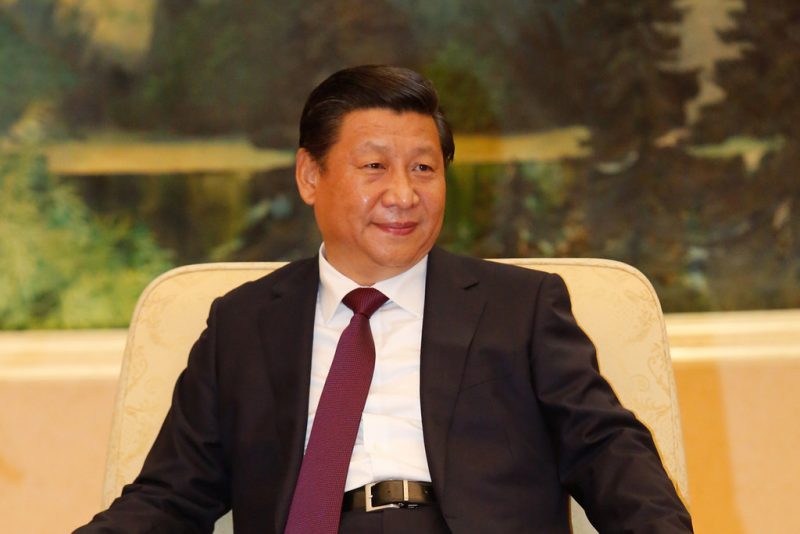
Color Revolution
On August 9, the official results of the presidential election in Belarus were announced according to which the incumbent head of state Alexander Lukashenko won by a wide margin. Then, thousands of people took to the streets across the country to protest against what they believed to be falsifications.
The protests were initially coordinated and were accompanied by attacks on law enforcement officials. After a brutal crackdown on the riots, the opposition shifted to another tactic known from the experience of color revolutions in other countries: Ukraine, Yugoslavia, Kyrgyzstan, Venezuela and Bolivia.
The US and EU did not recognize the results of elections; China, Venezuela, Russia and most of CIS countries recognized the results. Recep Tayyip Erdoğan, President of Turkey, sent a congratulatory message to Alexander Lukashenko on his election as head of Belarus, thus joining the non-western camp.
The symbols of supposedly non-violent protest are used to the maximum extent, beautiful girls, flowers, peaceful processions are meant to demonstrate that the opposition is on the side of good, and Alexander Lukashenko and his regime – on the side of evil. At the same time, the opposition has managed to attract some employees of the largest enterprises in Belarus to its side, some of which declared strikes. In the Western media, the situation in Belarus is presented as a popular protest against an authoritarian regime.
Opposition supporters are in favor of holding new elections followed by Lukashenko’s withdrawal from power. They have not made public an official foreign policy program, although they ask the support of the US and the EU. Washington and the EU support the demonstrators’ demands.
Notorious French globalist philosopher Bernard-Henri Levy, who had fled to Lithuania, came to one of the protest leaders, presidential candidate Svetlana Tikhanovskaya.
Levy is famous for supporting all colored revolutions and Western invasions of sovereign countries; after a visit from this globalist warmonger, revolutions, riots and wars often begin.
The Frenchman’s visits to Libya, Syria, Ukraine and Venezuela are vivid examples.
At the same time, the Belarusian authorities expect a possible invasion from Poland under the pretext of protecting the Polish ethnic and Catholic minority which lives in the West of Belarus.
Belarusian Defense Minister Viktor Khrenin said at a meeting in Grodno on August 22 that the opposition and external forces could use the actions of law enforcement agencies as a pretext to change the political course of the republic.
According to Khrenin, such a scenario is possible due to the military units and units of both the Polish army and NATO units in Poland located near Belarusian state borders.
That’s why in western Belarus, troops have started a military exercise to test resistance to a possible invasion.
Alexander Lukashenko, in turn, organized rallies across the country in his support and in support of his political course. These turned out to be well attended as well, which testifies to a deep split in Belarusian society.
A Polish footprint
Neighboring Poland plays an active role in organizing protests in Belarus. The participation of Poland, as well as the Czech Republic and Lithuania, is an attempt to overthrow the Belarusian authorities, something which was mentioned by Lukashenko himself.
Traditionally, Poland and Lithuania actively support the Belarusian opposition. The Polish TV channel Belsat, which broadcasts on Belarus, provides information support to the protests and anti-Lukashenko opposition in general. The mouthpiece of the protest was the channel in Telegram – Nexta, led by Belarusian emigrant in Poland Alexander Putilo, who also cooperated with Belsat.
As Polish analysts report: Through the Polish version of Newsweek magazine, “volunteers” were openly recruited to travel to Belarus, as it was announced, to participate in the overthrow of President Lukashenko immediately after the vote.
Poland has traditionally perceived the territory of Belarus as a priority area of its policy. In the 1970s, the Giedroyc-Mieroszewski doctrine ULB (Ukraine – Lithuania – Belarus) appeared among the Polish emigration. Poland was given the role of a regional center, which has to civilize and carry the values of democracy and human rights to Ukraine, Lithuania and Belarus.
The very symbolism of the Belarusian opposition – the white-red-white flag, duplicates the colors of the Polish national flag.
The Geopolitical context
The United States and its allies in Europe, primarily Poland, are interested in removing Belarus from the sphere of Russian influence. In the framework of traditional Anglo-Saxon geopolitics, the protests in Belarus can be regarded as an attempt to complete a “sanitary cordon” around Russia with NATO bases 500 kilometers away from the Russian capital.
The CIA-linked Jamestown Foundation wrote last year that “By engaging Belarus, NATO actually can help this small state become a bulwark against Russian neo-imperialism”.
In addition, the protest wave in Belarus can be used to push protest sentiment in Russia itself.
On the other hand, the US is becoming more engaged in the new Cold War with China, and is doing everything possible to limit the influence of Beijing in Europe.
The US declares Cold War on China: but can it win this time?
Lukashenko’s active contacts with Syria, Iran and Venezuela also cause discontent among global transnational elites. During the COVID-19 outbreak, Belarus was one of the countries that took the Coronavirus pandemic most calmly and did not take measures of strict isolation, which went against the WHO’s recommendations.
The struggle for Belarus is the struggle for Europe, which is experiencing a crisis as a result of the coronavirus.
An independent, sovereign national regime in Belarus with a socialist bias is not in the interests of the United States. To deter Russia and China in Eurasia, Washington is interested in a change of power in Belarus.
Undoubtedly, much of the blame for what is happening lies with the Belarusian leadership itself. First of all, it has allowed Western NGOs to work in the country in order to get closer to the West and realize their tactical interests. Many Belarusians have received a “Karta Polaka (Pole’s Card)”, a document to which the Polish authorities can apply in order to legitimize interference in the internal affairs of Belarus.
Forecasts
If the Belarusian authorities prevent a rise of violence, the situation might stabilize.
However, this does not mean that the global West, both the leaders of the countries and influential circles of elites, will abandon pushing regime change in Belarus. If it is not possible to remove Lukashenko with protest and pressure in the coming weeks, they will start playing for the long term. Most likely, the US and its allies will try to find potential traitors in Lukashenko’s entourage, primarily in law enforcement agencies.
Last April, the RAND research center published the report “Extending Russia: Competing from Advantageous Ground”, which was sponsored by the US Army.
This document examines the possibility of promoting “regime change” in Belarus by sponsoring the opposition and initiating unrest. However, it notes that this option carries significant risks and is likely to lead to a deterioration of the security situation in Europe.
“Belarus is Russia’s only real ally. Successfully promoting regime change and altering the country’s orientation westward would be a real blow to Moscow,” the report says.
At the same time, RAND experts believe that to achieve this goal, the US may choose the opposite approach and try to use the unrest to build a closer relationship with Lukashenko’s regime:
“From a US policy standpoint, Belarus’ unrest may present an opportunity to extend Russia by aiding the opposition, removing a long-standing Russian-allied dictator, and supporting liberalization. This aid to Lukashenko’s opposition could come in a variety of forms, ranging from public declarations of support by US leaders to more direct financial and organizational assistance helping the opposition parties reach the end state of being a free and democratic BelarusAlternatively, the United States could adopt precisely the opposite approach and try to leverage the recent unrest to build a closer relationship with Lukashenko’s regime through the offers of economic assistance”.
The last sentence is proof that Western analysts have long been preparing riots in Belarus.
Due to strategic military significance, Russia cannot afford to lose Belarus. Thus the new wave of confrontation between the West and Russia in Europe is coming.





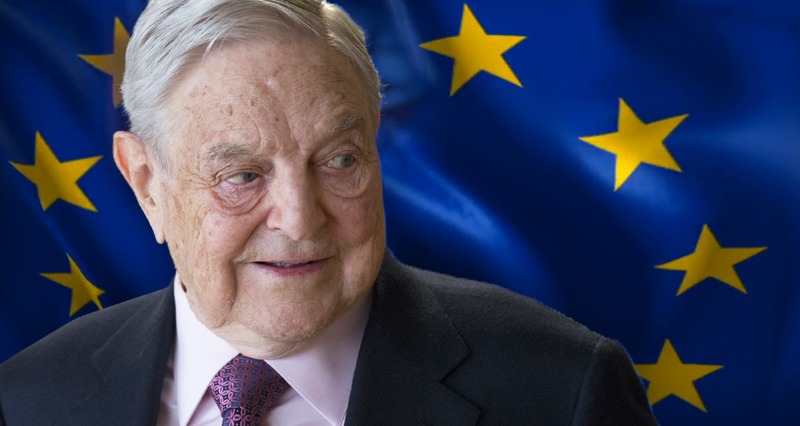

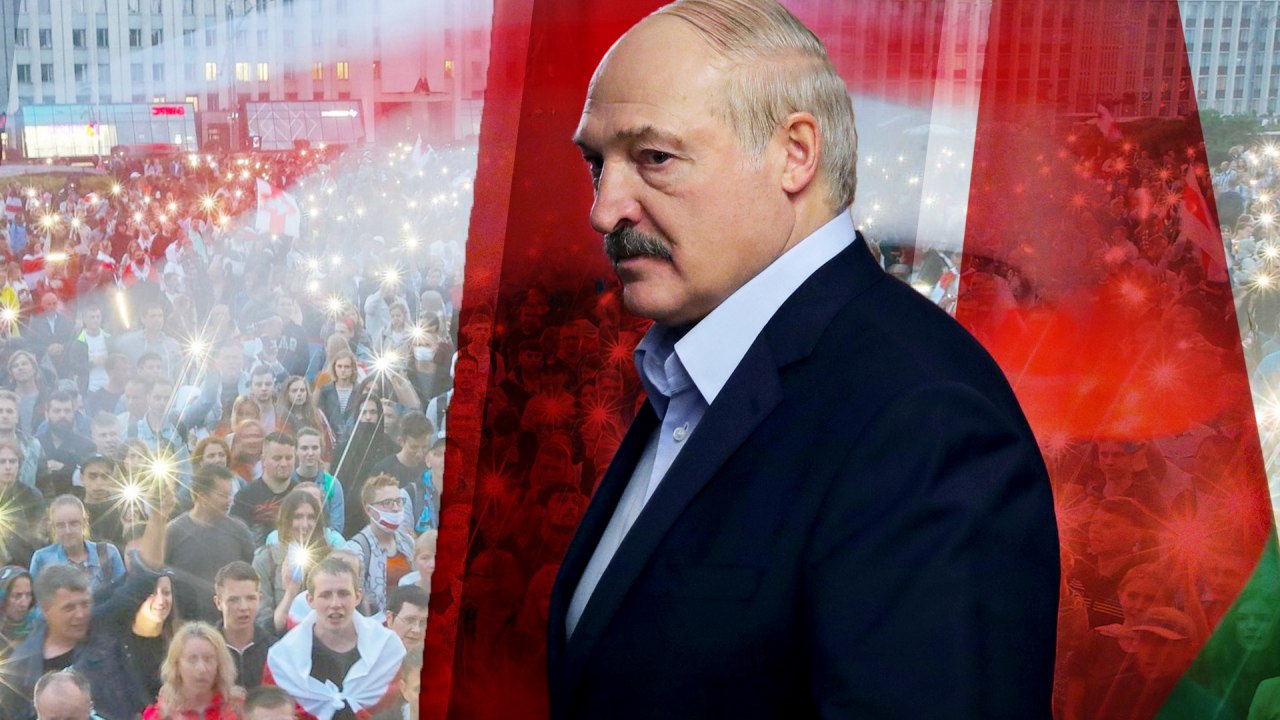


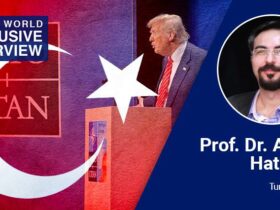
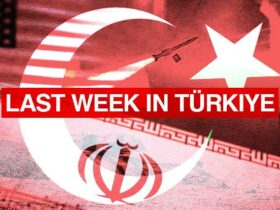

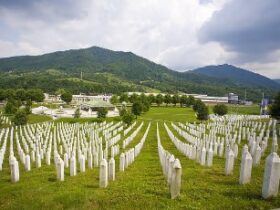

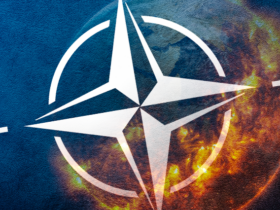

Leave a Reply